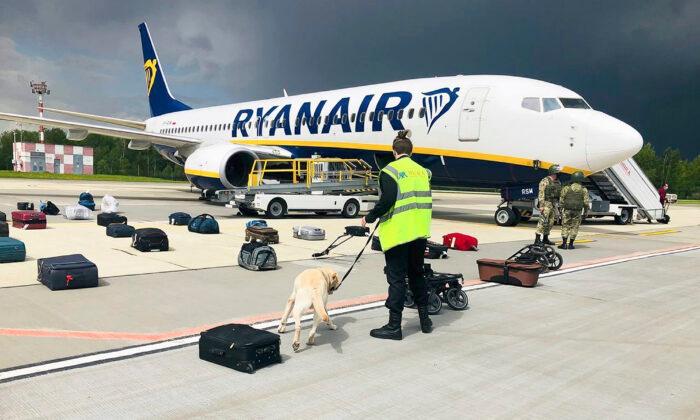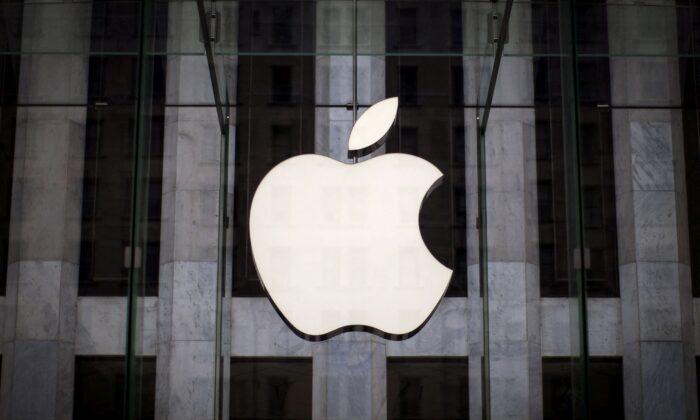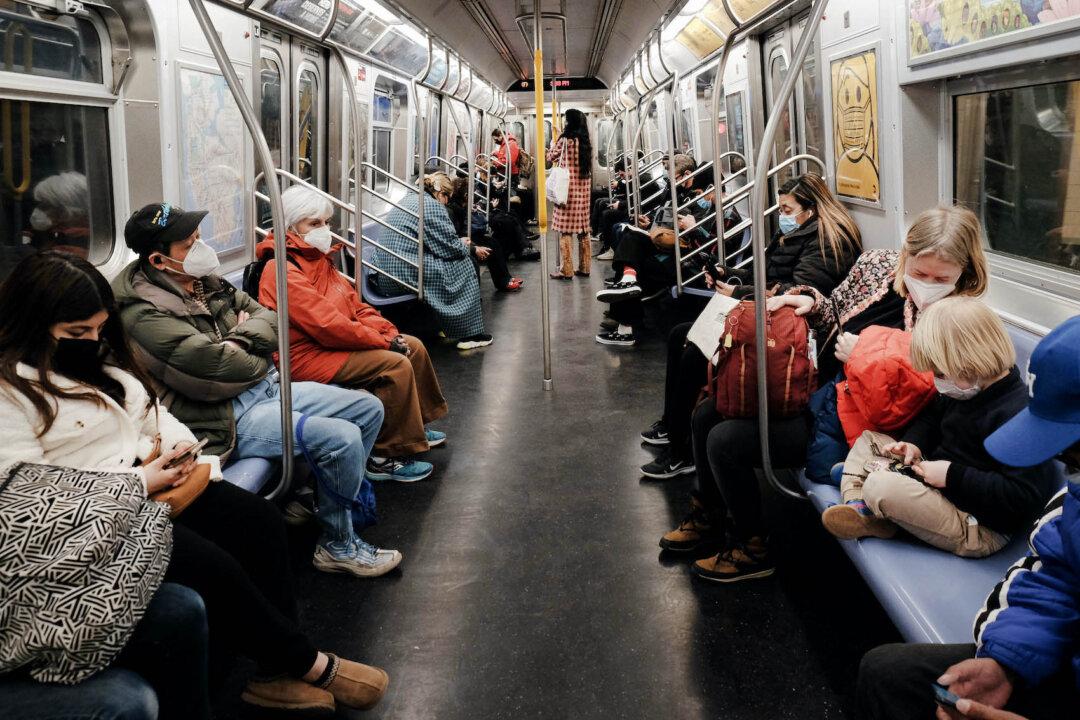Budget airline Ryanair on Sept.16 said it has raised its five-year passenger traffic growth after shareholders approved the company’s post-COVID recovery plans.
Prior to the COVID-19 pandemic, the company’s passenger traffic was 149 million but it now expects that to grow to over 225 million by March 2026, which is 25 million passengers per year higher than the previous target of 200 million.
The growth will be driven by the delivery of 210 new Boeing 737 Max jets over the next five years. However, the plans are subject to no adverse COVID developments and vaccination levels remaining at 90 percent throughout Europe.
Ryanair said the Boeing 737 Max jets will deliver “industry lowest costs, reduced emissions, and will enable Ryanair [to] accelerate its post-Covid growth as opportunities open up at primary and secondary airports all over Europe, particularly where legacy carriers have failed or reduced fleet sizes as a result of Covid and State Aid.”
The company will also open 10 new bases across Europe in 2021 in an effort to recover traffic and boost jobs previously lost to the COVID-19 pandemic.
It will also take advantage of opportunities that are being vacated by competitor airlines such as EasyJet, Flyby, Pegasus Airlines, and Lufthansa Group, which have suffered from collapses or significantly reduced fleet sizes amid the pandemic after air traffic levels plunged.
“The performance of the B737 Gamechanger aircraft this summer has exceeded our expectations. Operational reliability, fuel consumption, and lower CO2 emissions have so far exceeded guidelines with very positive passenger and crew feedback to these new, more fuel efficient, quieter aircraft,” Ryanair’s Chief executive Michael O’Leary said.
Ryanair also plans to create 5,000 jobs over the next five years for pilots, cabin crew, and engineers, meaning the company will have recouped the 3,000 workers it announced it would be laying off at the start of the pandemic.
Earlier in the week, Ryanair opened a 50 million euro ($42.54 million) Aviation Training Centre in Dublin and plans to open two more in Spain and Poland between now and 2026.
“The COVID-19 pandemic has delivered an unprecedented blow to Europe’s aviation and tourism industries. Only Ryanair has used this crisis to place significantly increased aircraft orders, to expand our airport partnerships, and to secure lower operating costs so that we can pass on even lower fares to our guests, so that together with our airport partners, we can recover strongly from the COVID pandemic and deliver higher than expected growth in both traffic and jobs over the next 5 years,” O’Leary added.
However, with airline companies hoping to get back to some kind of new normal following the pandemic, customers can expect a significant hike in ticket costs, even for short-haul flights across Europe.





